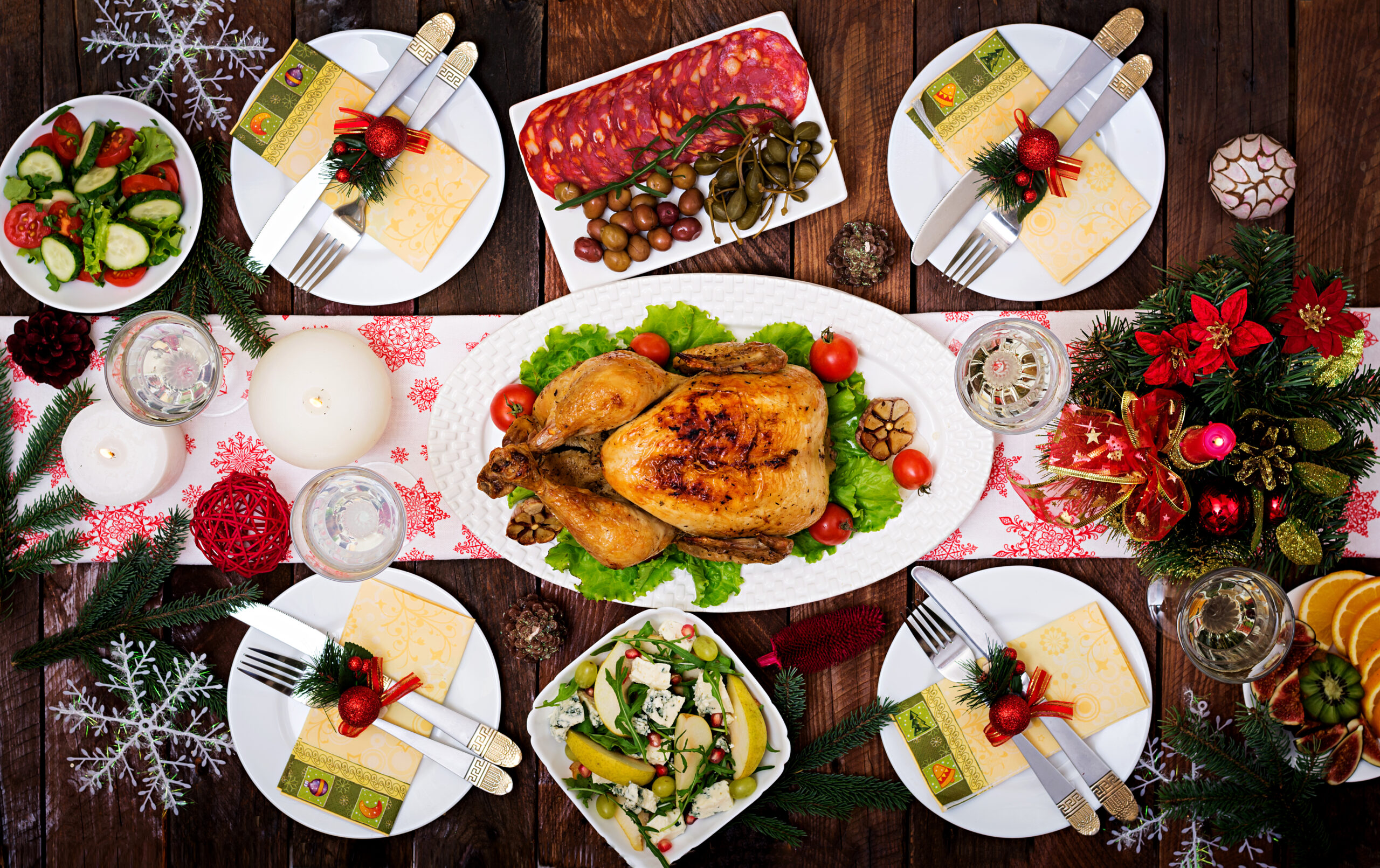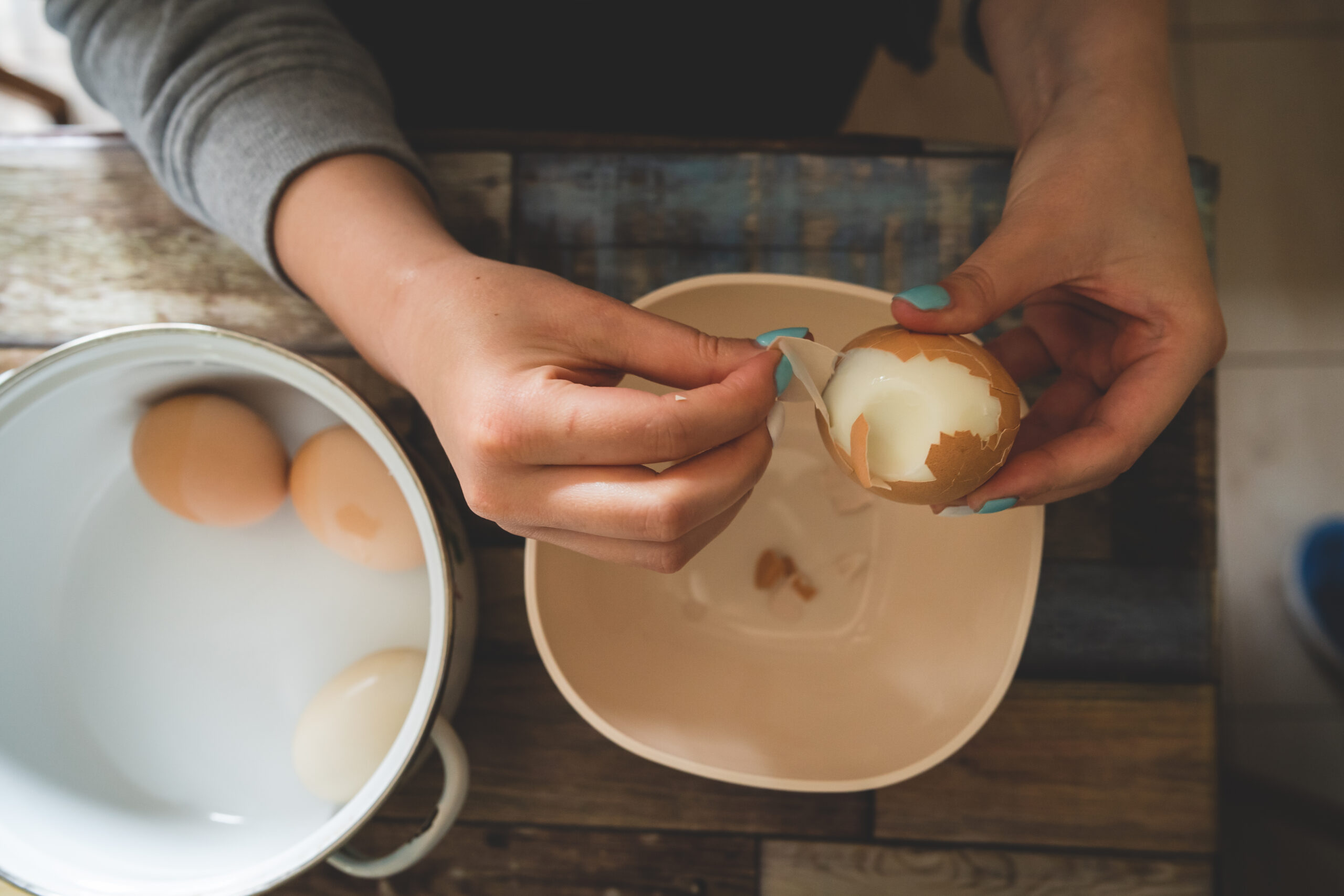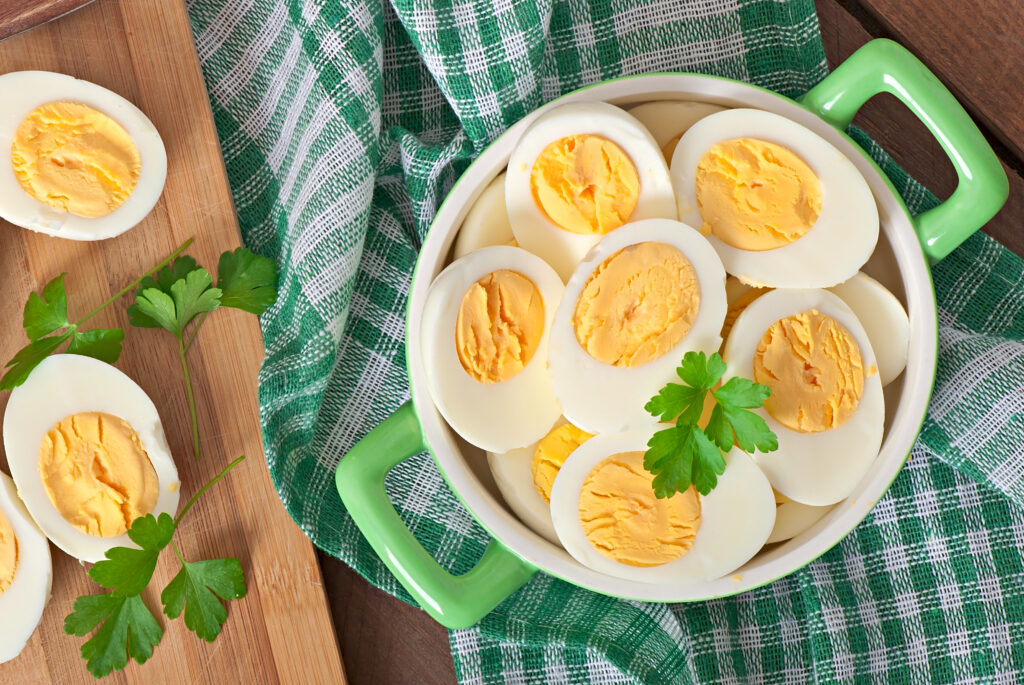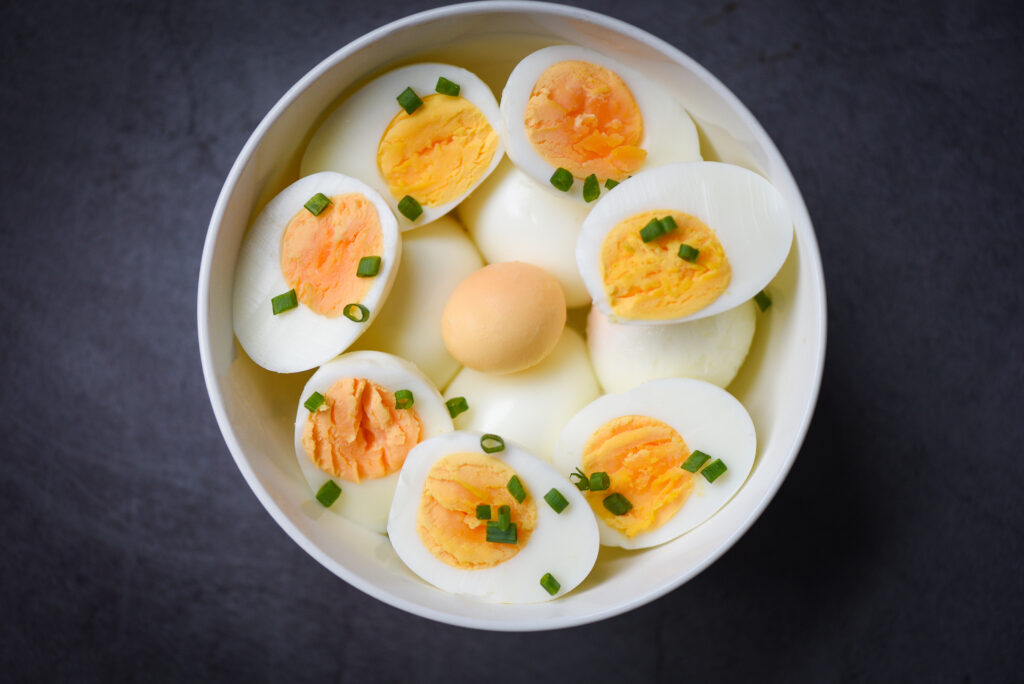- FOOD
Traditional Christmas Dinner Menu for a Classic Holiday Feast


Peeling hard boiled eggs is a culinary task that can often frustrate even the most seasoned home cooks. A perfectly boiled egg with a smooth, intact surface is a visual and textural delight, but achieving this can sometimes feel like a challenge. Whether you’re preparing a dozen eggs for a family brunch or just a couple for a quick snack, mastering the art of peeling can elevate your egg game. This guide will walk you through the essential techniques and insights needed to peel hard boiled eggs effortlessly, ensuring a clean and satisfying result every time.

The humble boiled egg has been a staple in diets across the globe for centuries. From ancient civilizations to modern times, eggs have been revered for their nutritional benefits and versatility. In ancient Rome, eggs were often boiled and served as the first course of a meal, a tradition that highlighted their importance in the culinary world. Over time, methods for boiling and peeling eggs have evolved, with each culture adding its own twist to this age-old practice.
Today’s home cooks have access to a variety of modern techniques that make peeling hard boiled eggs easier than ever. These methods incorporate scientific understanding and practical hacks to minimize frustration and maximize success.
Once your eggs are boiled and cooled, follow these steps for a seamless peel:
Adding baking soda to the boiling water is a modern hack that can significantly improve the peeling process. The alkaline nature of baking soda raises the pH level of the egg whites, making them less likely to bond with the shell. This simple addition can make a noticeable difference, especially when working with fresh eggs, which are notoriously difficult to peel.
Rapidly cooling boiled eggs is crucial for easy peeling. The shock from hot to cold water helps separate the egg membrane from the shell. Here are some effective chilling methods:
Transfer the boiled eggs immediately into a bowl of ice water. Let them sit for at least 10 minutes to ensure they are completely cooled.
Place the eggs in a colander and run cold water over them for several minutes. This method is quick and effective if you don’t have ice on hand.
While peeling eggs is a straightforward task, having the right tools can enhance your efficiency and success rate. Consider the following:

The timing of your boil is crucial for achieving eggs that are easy to peel. Depending on your preference for yolk consistency, here are some time estimates for boiling:
Adjust these times based on the size of your eggs and your altitude, as these factors can affect boiling time.
The freshness of your eggs can dramatically impact the peeling process. Fresher eggs tend to have a lower pH, causing the whites to stick more to the shell. Here are some tips to handle variations in egg freshness:
If possible, use eggs that are at least a week old for boiling. As eggs age, their pH levels increase, making them easier to peel.
To test the freshness of your eggs, place them in a bowl of water. Fresh eggs will sink and lay flat, while older eggs will stand upright or float, indicating they are suitable for boiling and peeling.
In addition to the techniques and tools mentioned, consider these additional tips for achieving perfectly peeled eggs:
By incorporating these strategies and understanding the science behind egg peeling, you can transform a potentially tedious task into a straightforward and rewarding experience. Whether you’re preparing eggs for a salad, a sandwich, or simply enjoying them on their own, these insights will ensure your eggs are perfectly peeled every time.